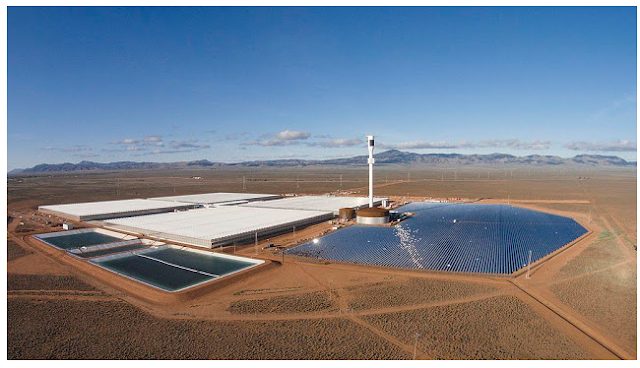Solar Ponds
Introduction
In today’s world of energy crises, mankind is seeking for some unique ways of energy to keep its life on comfortable and luxurious track. As we know that in the present time the whole world is facing energy crises. Because in past natural resources were used rapidly in an irresponsible way. With the development of technology mankind, today is able to harness renewable energy resources. The solar pond provides a base to utilize solar energy for power generation. The significant problem in utilizing solar energy for power generation is that it is not a constant provision of energy. But with the help solar pond, we can store energy and run our power plants in night times.
Principle of Solar Pond
In clear natural pond of water, about 30% radiations reach to 2-meter depth. This solar radiation is absorbed in the bottom. The sultrier dihydrogen monoxide becomes lighter and moves upward. Here it loses heat to ambient air. So natural pond cannot maintain a temperature greater than ambient temperature.
· This problem can be resolved if commixing of the upper and lower layer of the pond is prevented.
· So that lower zone can be maintained at a higher temperature.
This can be done in several ways;
· Utilizing transparent honeycomb structure.
· Utilizing transparent polymer gel.
· By salinity gradient method.
Salinity gradient method is the most frequently used one. Because this technology has made tremendous progress in the last fifteen years.
Salinity Gradient Method to Store Energy
In this method solution of salt and water is used in the pond instead of natural water. The concentration of salt increases as we move down to the bottom of the pond. Because salt is heavier than water. So the bottom layers will be the heaviest one. We can divide this salinity gradient into three zones.
Lower Zone
The bottommost zone has the highest temperature and density. The maximum amount of energy is stored in this region. Solar radiations reaching this portion get absorbed and stored.
Intermediate Zone
Above this is an intermediate zone which is neutral in density gradient and is called a non-convective region. Because no convection takes place here. This act as a transparent insulator.
· In this region transition of concentration takes place.
· This region sanctions solar radiations to pass through but prevent heat loss from lower to upper zone through convection.
· On conduction heat loss can take place through this zone.
Upper Zone
In this region salt concentration is minimum. Lowest temperature and density of solution.as this region is in contact with ambient air so convection takes place. Hence heat energy is lost to the environment. Evaporation also takes place in this region.
·
The thickness of upper, intermediate and lower region is 0.5,1 and 1 m respectively.
Salt Types Used
Usually, magnesium and sodium chlorides are used because they are cheaper.
Essentials Salt Property
- Salt used should have the following properties for the effective solar pond.
- Salt solubility value must be high enough to meet the highest level of solution density require. Solubility should not change with respect to temperature.
- The salt solution must be transparent enough to permit the solar irradiation to reach the bottom.
- It must be environmentally friendly. Must not cause contamination to groundwater. Salts molecular diffusivity should be low.
Importance of Solar Ponds
Solar ponds enable us to utilize energy form such a huge and free energy source sun. Without solar pond constant provision of energy is not possible. Without a solar pond, we can not install a power plant which can provide us power at night time




0 Comments